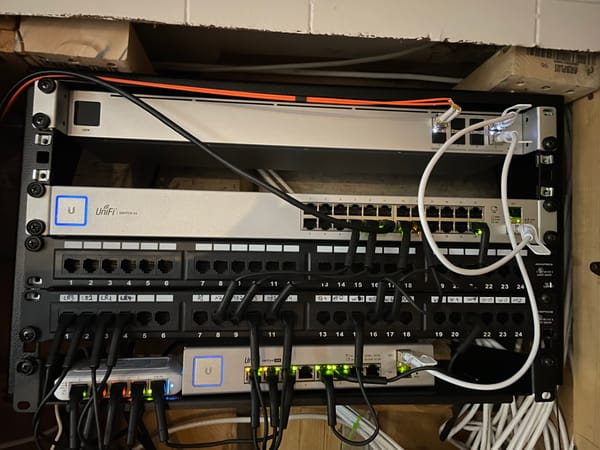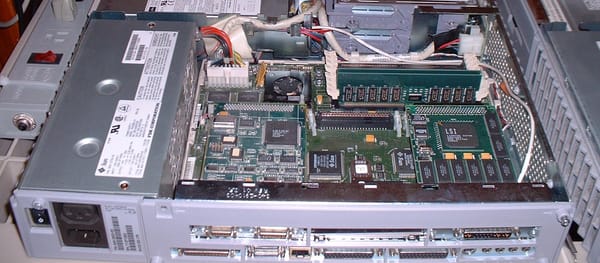What is the Hidden Cost of a Home lab?
A home lab can be a great learning tool. However, many of the used servers available at discount come with a hidden cost: power consumption. This is exploration of more efficient alternatives.
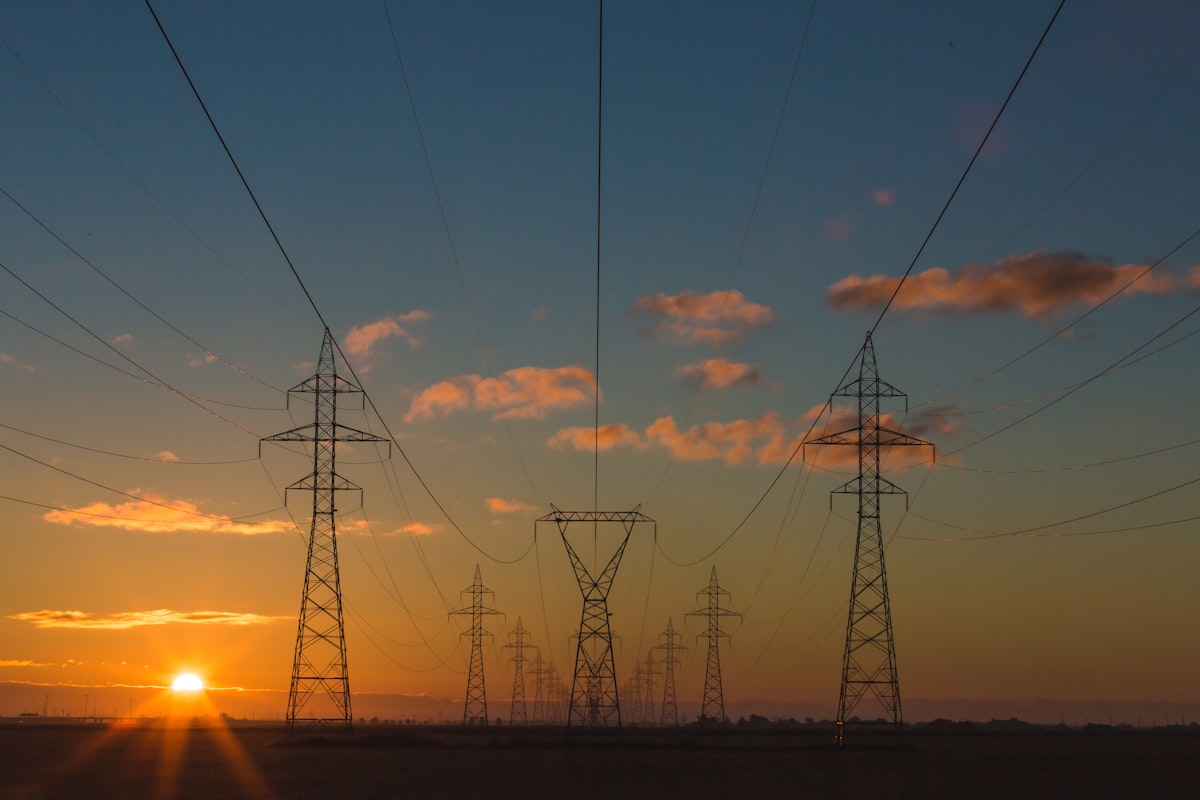
As previous discussed, a home lab can be an invaluable resource for personal and professional development. The abundance of older enterprise-level hardware available at discounted prices makes it possible to build a comprehensive lab. However, it is important to keep in mind that these servers consume a significant amount of power, which is in turn costly. This article examines some energy-efficient alternatives.
Doing the Math
The Technodabbler server infrastructure, composed of 3 PowerEdge servers, consume about 400w when idle. Given that a year has 8760 hours, the lab consumes 3504 kWh every year. The table bellow calculates the yearly cost of the lab in various countries :
| Country | Price (CAD per kWh) | Yearly Cost for 400W (CAD) |
|---|---|---|
| Canada | $ 0.153 | $536.11 |
| USA | $ 0.235 | $823.44 |
| France | $ 0.290 | $1,016.16 |
| Japan | $ 0.342 | $1,198.37 |
| UK | $ 0.633 | $2,218.03 |
These costs can quickly add up, especially in countries without access to cheap and renewable electricity. It's not surprising, therefore, that many home lab owners have embraced energy-efficient alternatives.
Tiny Home Labs
Tiny desktop computers, such as the Dell Optiplex Micro or some Lenovo ThinkCentre have an incredible low power footprint, often using less than 15w at idle. Given that companies will often refresh their desktops every 3 to 5 years, there is ample amounts of them on Ebay or at local computer recyclers. Although they lack many of the modern features of servers, such as IPMI, these tiny computers are perfect servers for simple tasks. Models with more than 16Gb of memory can even be used a hypervisors.

Another popular category of tiny desktop to be used as servers are the Next Unit of Computing (NUC), introduced in 2013 by Intel. These have proven to be popular for home lab, especially since their hardware is very customizable. However, their power consumption varies greatly based on their configuration.
If more storage is required, MicroServers such as the HP Proliant MicroServer are an expensive yet power efficient solution. These servers can consume as little as 25w when idle, but increase as disks are added. They also provide much flexibility, allowing for powerful processors, more memory and up to four hard disks.
DIY Storage
Although recycled computer hardware are cost effective solutions to building a server, very few of them allow for more than 4 hard drives. When more drives are needed, a power efficient solution is to build a custom server. All you need is a motherboard with lots of expansion, a power-efficient CPU, lots of memory, and a case with ample storage space. You can expect such a solution to consume 40w to 80w at idle, depending on the chosen hardware.
For those looking for a desktop case, Fractal Design offer solutions with space for numerous disks. For example, the Define 7 XL can be outfitted with over 18 drives. For an affordable rack mounted solution, the Rosewill-L4500 allows for either 15 drives, or 12 hot-swap drives. The hardware to switch the case between either configuration can also be purchased. However, be careful to buy the proper rails for this particular case.
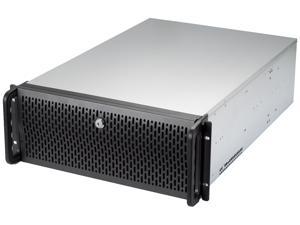
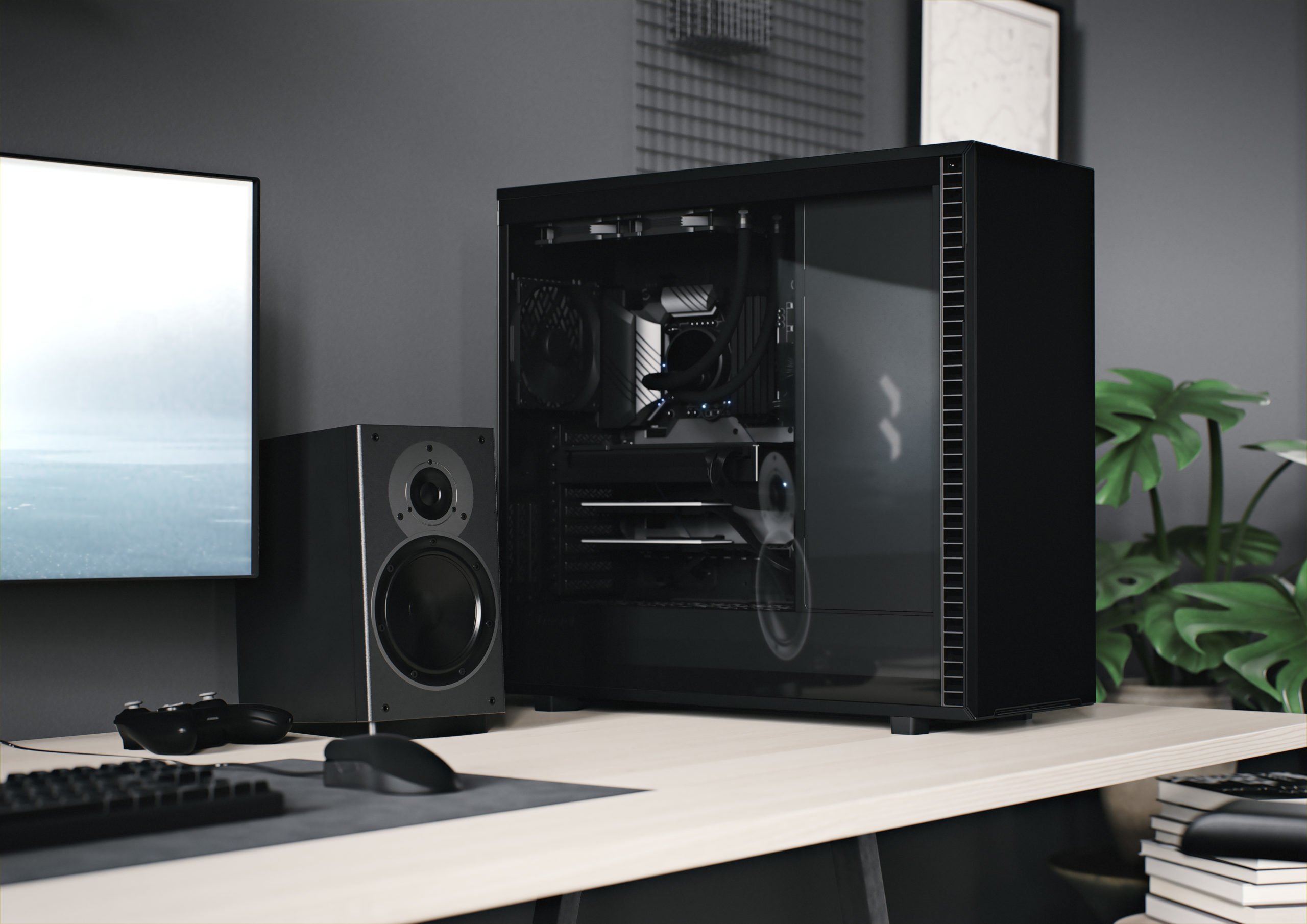
Another low power alternative with high storage capacity would be a pre-built NAS appliance, like a Synology. A good example would be the DS1621+, which offers 6 drive bays and several expansion options, but uses only 30w at idle. Powered by Synology DiskStation Manager, it is an easy solution to setup, but remains expensive. In addition, when a Synology unit fails, data recovery can be complicated.
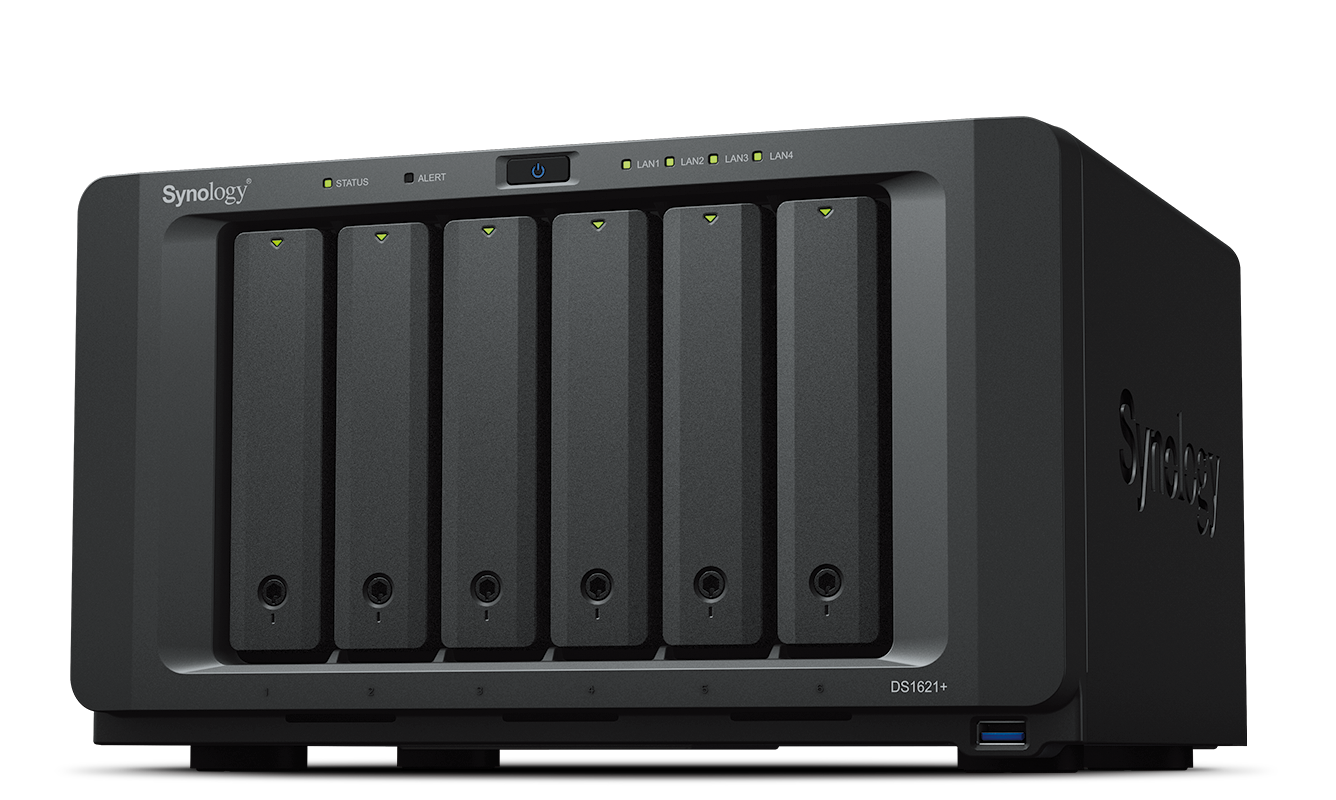
Making a Choice
As a learning opportunity, the appeal of a home lab is undeniable. It can be a great way to gain hands-on experience and deepen one's understanding of technology. However, it is important to consider the power usage of the lab's equipment, especially with the increasing price of electricity. The power consumption of these servers can quickly add up and have a significant impact on your electricity bill.
The solution is to assess the lab's power usage, consolidate servers when possible and making smart purchases. By being mindful of power usage in your home lab, you can enjoy the benefits of technology while saving some money every year.




